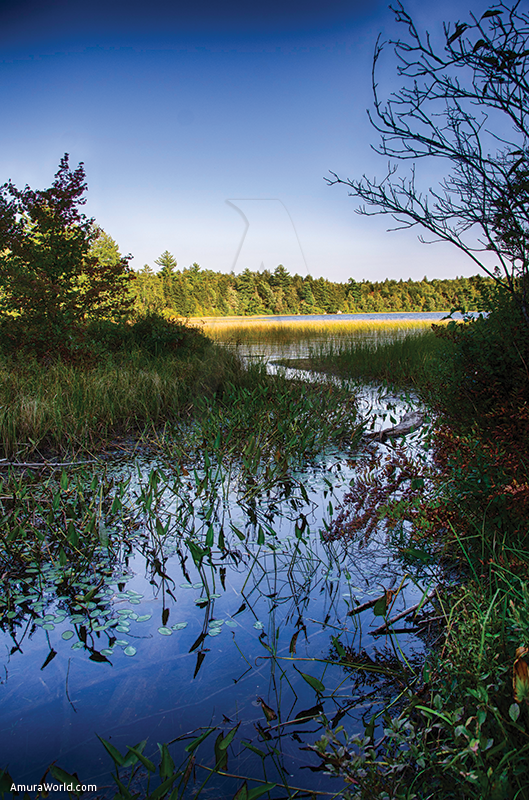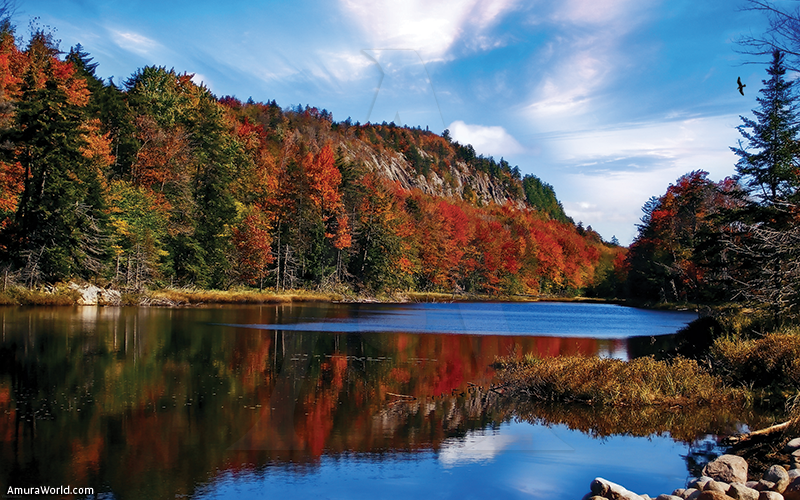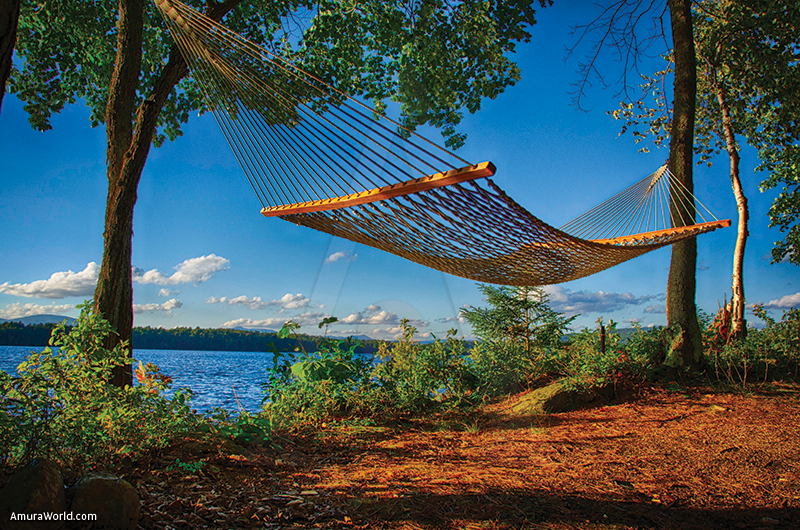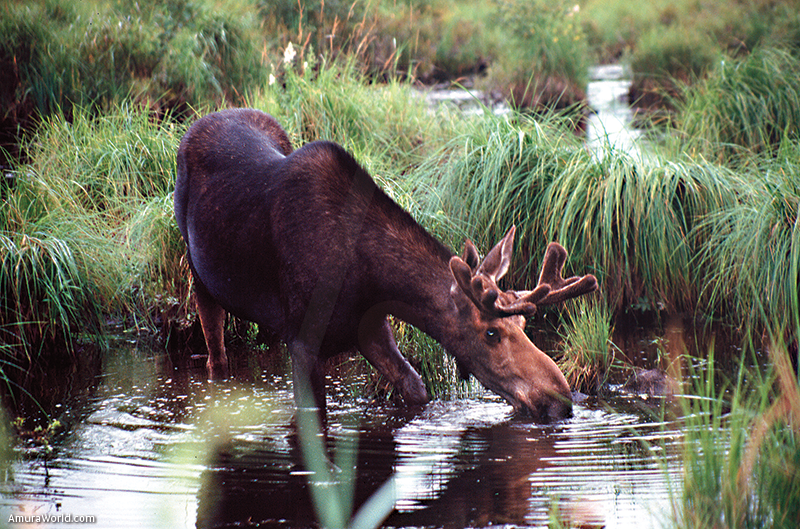The best of conservancy
At six million acres, New York’s Adirondack State Park is the largest protected landscape east of the Mississippi, larger than Yellowstone, Grand Canyon, and Everglades National Parks combined. Established in 1892 by the state legislature, the Adirondack Park is one of the country’s oldest formal models of coexistence between human settlements and wilderness protection, and has served as a model for protected areas nationally and globally. The region is of great ecological significance: it is one of the largest intact temperate forests in the world; it represents the headwaters of five major watersheds and contains nationally-significant water resources, including thousands of lakes, hundreds of miles of streams and rivers, and thousands of acres of bogs, swamps, and marshes; and it is home to a vast diversity of Northern Forest wildlife, including many endemic to the boreal region, of which the Adirondacks represents the southern reaches.
The Adirondacks has great cultural and economic significance as well. Its public lands are a recreational draw for the millions of people living within a day’s drive, giving the Park a long history of connecting people to nature. Today, the Adirondack Park remains a mosaic of public and privately-owned lands, with more than a hundred towns and villages existing alongside state-owned wilderness areas. This unique land use structure evolved from an effort to protect the region’s natural resources, while it also provides people with the opportunity to live close to wilderness and create livelihoods based on natural assets. The region’s history of natural resource extraction is the foundation for its cultural history, but tourism, public-sector employment, and small-scale economic development have largely replaced these in economic significance.
In 1994, the Wildlife Conservation Society began working in the Adirondacks. Our conservation efforts take an interdisciplinary approach, linking wildlife, wilderness, and human well-being, through applied science and community-based conservation.
Conservation Challenges
The Park’s interplay of public and private lands creates both opportunities and challenges for its communities and for conservation. The land use patterns of the region have historically generated friction between economic development and conservation interests. Because the Park is a patchwork of human communities on private lands and protected public lands, human-wildlife conflict often arises, and the quality of wildlife habitat of the region as a whole is constrained by the land use patterns and landowner actions on the Park’s private lands. Poorly planned residential development has the potential to change the composition of the region’s wildlife populations.
Management challenges are varied, including backcountry management in the Park’s wild lands to mitigate the ecological impacts from recreation, and transportation management to temper the fragmenting nature of the region’s roads.
The Adirondacks also face significant ecological, economic, and cultural changes from climate change, in part because of the Park’s location at the interface between northern boreal ecosystems and temperate forest to the south. Long in the national spotlight for acid rain issues, the Adirondacks continue to face threats created by airborne pollutants, including acid rain and mercury.
Conservation Approach
The Wildlife Conservation Society established the Adirondack Program, situated in a small community inside the Park, in response to a need for a balance between environmental quality and community well-being. WCS’ guiding philosophy is that these are compatible and mutually-enforcing goals. WCS applies a cooperative, science- and information- based approach to the conservation of the Adirondacks and its wildlife.
We generate, disseminate, and apply science to achieve conservation outcomes, working with a broad array of partners, including local municipal leaders, economic development groups, NGOs, land and wildlife managers, recreational interest groups, and state agency staff. We engage directly with community leaders on sustainable economic development and planning projects to benefit people and wildlife and to build support for conservation in the region. We focus on providing important and objective information to guide management decisions and advance regional conversations.
Text: The WCS North America Organization ± Photo: wordpress / ESTADAO / DG LIN / APLACE / NOTIVIAJE









